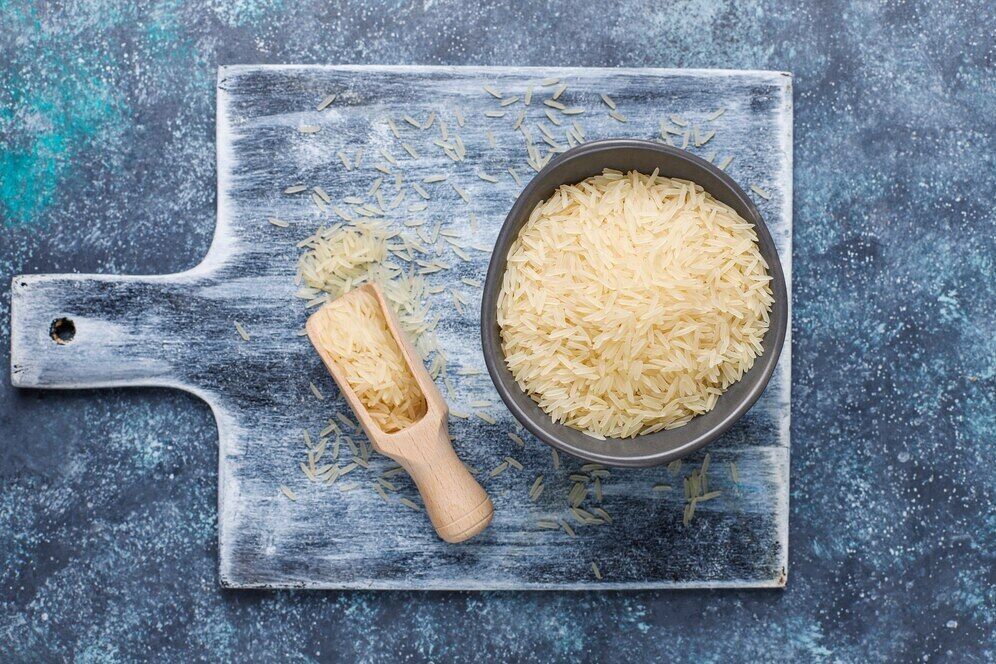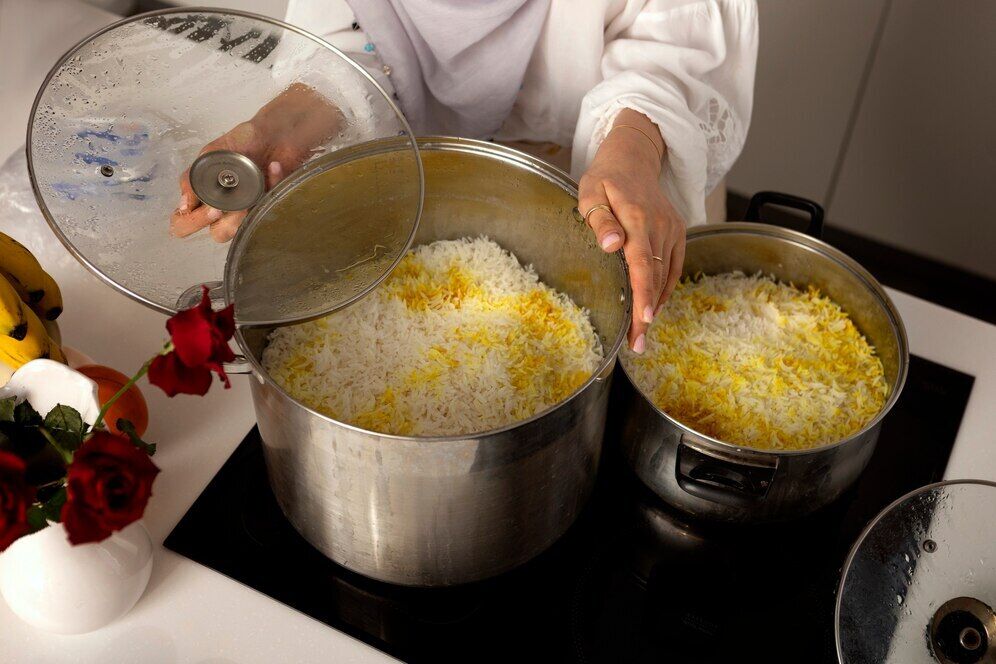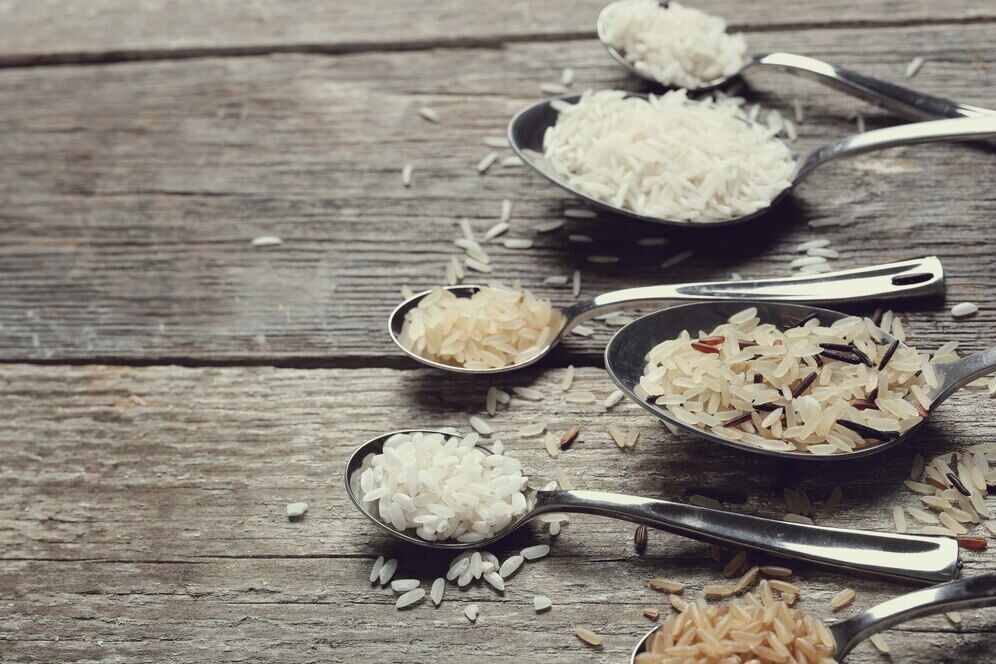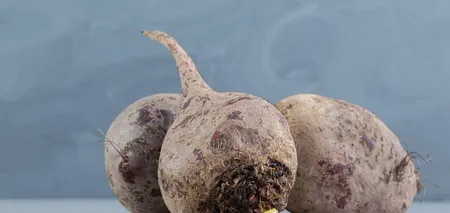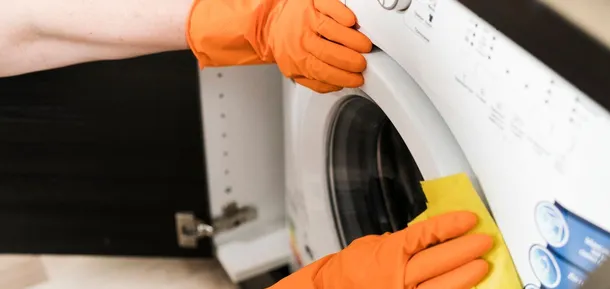News
What to do with rice before cooking: it will be much tastier
Rice is one of the most popular side dishes, but it doesn't always turn out to be crumbly and flavorful. Many people simply cover it with water and cook it, not knowing that there is a simple trick that will significantly improve the texture and flavor. Frying the rice before cooking helps to make it richer, more flavorful, and evenly cooked. This method is especially useful for cooking pilaf and other dishes where the grains must remain crumbly.
The FoodOboz editorial team will tell you how to fry rice properly before cooking. This life hack works.
Frying rice before cooking has several important advantages:
1. The rice becomes more flavorful – when heated, natural oils are released, which add a pleasant nutty flavor.
2. The cereal remains crumbly – during frying, excess moisture evaporates from the surface of the grains, which prevents it from sticking together during cooking.
3. Even cooking – fried rice absorbs water better, which allows it to cook evenly.
4. This method is especially suitable for long-grain rice varieties, such as basmati or jasmine rice, which are used for pilaf, side dishes, or Asian dishes.
When not to fry rice
It is not recommended to fry round-grained varieties, which are naturally higher in starch and should remain sticky (for example, for sushi or risotto).
How to properly fry rice before cooking
- Rinse the rice well in cold water several times until the water runs clear – this will help to rinse off the excess starch.
- Drain all the water – you can use a colander and leave the rice for a few minutes to allow the excess moisture to evaporate.
- Heat a frying pan and add 1-2 tablespoons of vegetable oil or a piece of butter.
- Put the rice in a single layer and fry over medium heat, stirring constantly.
- When the grains are dry and slightly transparent, remove them from the heat or immediately pour boiling water over them.
- Bring to a boil and simmer until tender (15-20 minutes).
To make rice as tasty as possible, salt it at the beginning of cooking, not at the end.







